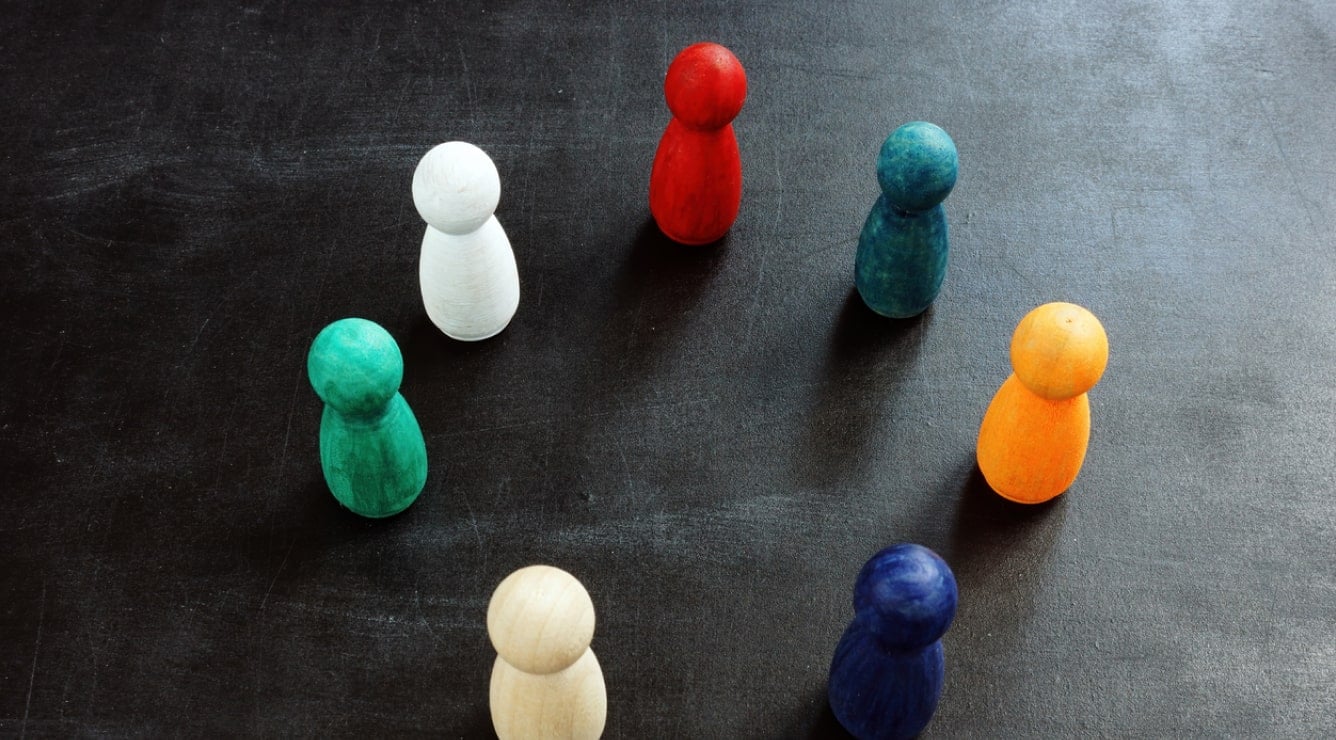When educators present multiple perspectives in their classrooms, they open up new worlds of learning, and help foster an atmosphere of tolerance and respect. Exposing learners to a broad range of viewpoints, rather than one-sided narratives, helps them acquire crucial critical thinking skills and become more empathic, too. That’s why we ask all our educators who teach classes that cover people, cultures, and histories to look at those topics from a wide range of views. Learn more about Outschool’s policy on multiple perspectives here.
Here are three key ways to bring a range of perspectives to your teaching:
Aim to take an unbiased approach
The first step in approaching bias is admitting that it exists for all of us, but pushing past those biases is something that we all need to constantly work towards. Educators should make sure that all learners feel welcome in the classroom. Review source materials to ensure that they don’t perpetuate stereotypes or have the potential to cause harm to certain populations. Also, teach learners to identify bias when it does come up in the classroom.
Use primary and secondary sources
When you share primary sources you’re exposing learners to the raw materials of history. This can have a powerful impact in shaping their understanding of important events. Secondary sources offer important interpretations that present history and culture from a specific point of view. When learners have access to both primary and secondary sources they’re given a more objective foundation for developing their own critical thinking skills.
Include the perspectives of marginalized groups
It’s been said that history is written by the victors. What that means is that too often victims of colonization and discrimination are left out of the narrative. In order to present an accurate and complete view of history and culture, it’s critical to include the perspectives of those whose voices are too often left out of the telling.
Here are two examples of class descriptions that showcase multiple perspectives:
- In this one-hour class, we’ll take a look at the life, education, and many contributions to history that Pocahontas made. We will start with an examination of what types of sources we have, both primary and secondary, and what these many different sources tell us. We will then examine those different sources and discuss why certain parts of her story have been omitted from the version that is most known. In this class, we will discuss the role that certain sources have played in her story. I will present sources from many of the men from Jamestown, as well as other documents. My goal for this class is for students to walk away with an honest view of her story.
- What was the impact of Abraham Lincoln’s presidency? This class presents an objective view of the facts and historical sources surrounding his legacy. We will start by learning about his childhood, education, and life before his presidency. Then we will examine his accomplishments and motivations as president of the United States. We will be looking at his actions taken while president from an objective point of view. To help us do this, we will also spend time exploring the historical perspectives of Black and Indigenous peoples specifically in regard to Lincoln’s presidency. Learners will create an informed picture of Lincoln’s legacy from various perspectives.
As always, you should make sure that your classes align with our other content polices. This includes ensuring the perspectives you include are accurate, fact-based, and accepted by the majority of experts in your content area.

